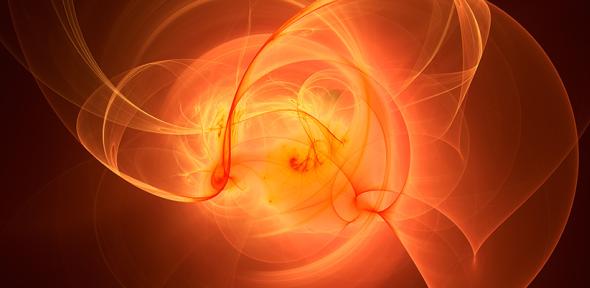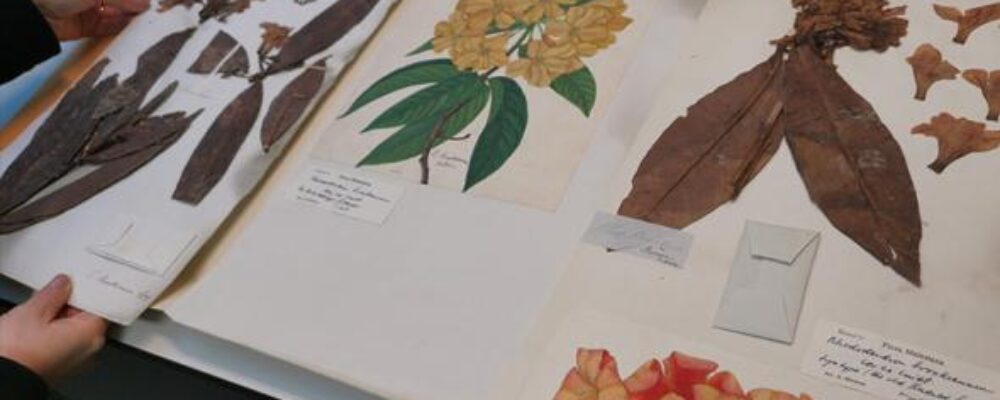
The researchers, led by the University of Cambridge, are developing low-cost light-harvesting semiconductors that power devices for converting water into clean hydrogen fuel, using just the power of the sun. These semiconducting materials, known as copper oxides, are cheap, abundant and non-toxic, but their performance does not come close to silicon, which dominates the semiconductor market.
However, the researchers found that by growing the copper oxide crystals in a specific orientation so that electric charges move through the crystals at a diagonal, the charges move much faster and further, greatly improving performance. Tests of a copper oxide light harvester, or photocathode, based on this fabrication technique showed a 70% improvement over existing state-of-the-art oxide photocathodes, while also showing greatly improved stability.
The researchers say their results, reported in the journal Nature, show how low-cost materials could be fine-tuned to power the transition away from fossil fuels and toward clean, sustainable fuels that can be stored and used with existing energy infrastructure.
Copper (I) oxide, or cuprous oxide, has been touted as a cheap potential replacement for silicon for years, since it is reasonably effective at capturing sunlight and converting it into electric charge. However, much of that charge tends to get lost, limiting the material’s performance.
“Like other oxide semiconductors, cuprous oxide has its intrinsic challenges,” said co-first author Dr Linfeng Pan from Cambridge’s Department of Chemical Engineering and Biotechnology. “One of those challenges is the mismatch between how deep light is absorbed and how far the charges travel within the material, so most of the oxide below the top layer of material is essentially dead space.”
“For most solar cell materials, it’s defects on the surface of the material that cause a reduction in performance, but with these oxide materials, it’s the other way round: the surface is largely fine, but something about the bulk leads to losses,” said Professor Sam Stranks, who led the research. “This means the way the crystals are grown is vital to their performance.”
To develop cuprous oxides to the point where they can be a credible contender to established photovoltaic materials, they need to be optimised so they can efficiently generate and move electric charges – made of an electron and a positively-charged electron ‘hole’ – when sunlight hits them.
One potential optimisation approach is single-crystal thin films – very thin slices of material with a highly-ordered crystal structure, which are often used in electronics. However, making these films is normally a complex and time-consuming process.
Using thin film deposition techniques, the researchers were able to grow high-quality cuprous oxide films at ambient pressure and room temperature. By precisely controlling growth and flow rates in the chamber, they were able to ‘shift’ the crystals into a particular orientation. Then, using high temporal resolution spectroscopic techniques, they were able to observe how the orientation of the crystals affected how efficiently electric charges moved through the material.
“These crystals are basically cubes, and we found that when the electrons move through the cube at a body diagonal, rather than along the face or edge of the cube, they move an order of magnitude further,” said Pan. “The further the electrons move, the better the performance.”
“Something about that diagonal direction in these materials is magic,” said Stranks. “We need to carry out further work to fully understand why and optimise it further, but it has so far resulted in a huge jump in performance.” Tests of a cuprous oxide photocathode made using this technique showed an increase in performance of more than 70% over existing state-of-the-art electrodeposited oxide photocathodes.
“In addition to the improved performance, we found that the orientation makes the films much more stable, but factors beyond the bulk properties may be at play,” said Pan.
The researchers say that much more research and development is still needed, but this and related families of materials could have a vital role in the energy transition.
“There’s still a long way to go, but we’re on an exciting trajectory,” said Stranks. “There’s a lot of interesting science to come from these materials, and it’s interesting for me to connect the physics of these materials with their growth, how they form, and ultimately how they perform.”
The research was a collaboration with École Polytechnique Fédérale de Lausanne, Nankai University and Uppsala University. The research was supported in part by the European Research Council, the Swiss National Science Foundation, and the Engineering and Physical Sciences Research Council (EPSRC), part of UK Research and Innovation (UKRI). Sam Stranks is Professor of Optoelectronics in the Department of Chemical Engineering and Biotechnology, and a Fellow of Clare College, Cambridge.
Reference:
Linfeng Pan, Linjie Dai et al. ‘High carrier mobility along the [111] orientation in Cu2O photoelectrodes.’ Nature (2024). DOI: 10.1038/s41586-024-07273-8
For more information on energy-related research in Cambridge, please visit the Energy IRC, which brings together Cambridge’s research knowledge and expertise, in collaboration with global partners, to create solutions for a sustainable and resilient energy landscape for generations to come.
“The University of Cambridge is a public collegiate research university in Cambridge, England. Founded in 1209, the University of Cambridge is the third-oldest university in continuous operation.”
Please visit the firm link to site






